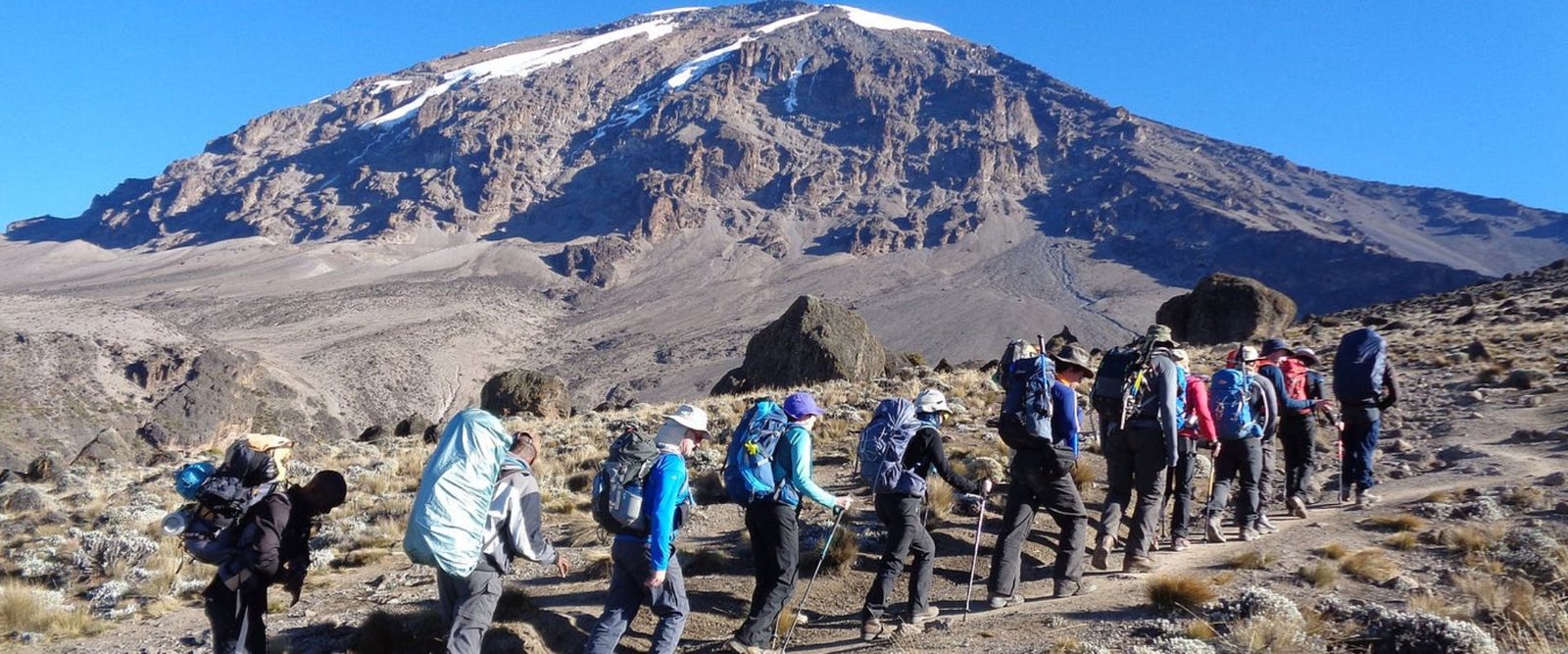Mount Kilimanjaro, the highest peak in Africa, stands as a beacon for adventurers around the world. Climbing this iconic mountain is a bucket-list experience for many, offering breathtaking views, diverse ecosystems, and the challenge of a lifetime. If you’re planning to climb Kilimanjaro, there are several things you should know to ensure a safe and successful journey.
Choosing the Right Tour Operator
One of the most crucial decisions you’ll make when planning your climb Kilimanjaro adventure is selecting the right tour operator. The best Kilimanjaro tour operators are rated and reviewed for their expertise, safety record, and commitment to sustainable tourism. A good operator will provide you with experienced guides, reliable porters, and quality equipment, ensuring that you have the support you need on the mountain.
Understanding the Climbing Routes
Mount Kilimanjaro offers several routes to the summit, each with its unique challenges and attractions. The most popular routes include:
- Marangu Route: Known as the “Coca-Cola” route, it’s the only path with hut accommodations. It’s considered easier but has a lower success rate due to the rapid ascent.
- Machame Route: The “Whiskey” route is more challenging but offers better acclimatization with stunning views.
- Lemosho Route: This longer route is ideal for acclimatization, offering a higher success rate and breathtaking scenery.
- Rongai Route: Starting from the north, this less crowded route offers a different perspective of the mountain.
- Umbwe Route: The steepest and most direct route, recommended for experienced climbers seeking a challenge.
Preparing Physically and Mentally
Climbing Kilimanjaro is a physically demanding task, and proper preparation is essential. You don’t need to be an elite athlete, but you should be in good physical condition. Focus on building your stamina, strength, and cardiovascular fitness. Hiking on uneven terrain, stair climbing, and endurance training are excellent ways to prepare.
Mental preparation is just as important. The climb is a test of perseverance and determination. Being mentally ready to face challenges such as altitude sickness, fatigue, and changing weather conditions will help you push through the tough moments.
Understanding Altitude Sickness
Altitude sickness is one of the most significant risks when climbing Kilimanjaro. The mountain’s summit stands at 5,895 meters (19,341 feet) above sea level, where the air is thin, and oxygen levels are low. Symptoms of altitude sickness include headaches, nausea, dizziness, and shortness of breath.
To minimize the risk, choose a route that allows for gradual acclimatization, and make sure to listen to your body. Hydration, proper nutrition, and a slow ascent are key to avoiding severe altitude sickness. Your tour operator should have a plan for dealing with altitude-related issues, including emergency descent protocols.
Packing the Right Gear
Having the right gear can make or break your climb Kilimanjaro experience. The mountain’s weather can be unpredictable, with temperatures ranging from scorching heat at the base to freezing cold at the summit. Here’s a basic packing list:
- Clothing: Layering is essential. Pack moisture-wicking base layers, insulating mid-layers, and waterproof outer layers. Don’t forget a warm hat, gloves, and thermal socks.
- Footwear: Sturdy, well-broken-in hiking boots are a must. Bring along gaiters and trekking poles for added support.
- Sleeping Gear: A good-quality sleeping bag rated for sub-zero temperatures and a sleeping pad are essential for staying warm at night.
- Miscellaneous: A headlamp with extra batteries, a reusable water bottle, snacks, sunscreen, and a first-aid kit are also necessary.
Experiencing the Culture and Wildlife
Climbing Kilimanjaro is not just about reaching the summit; it’s also an opportunity to immerse yourself in Tanzania’s rich culture and wildlife. The journey takes you through five distinct ecological zones, each with its flora and fauna. From the lush rainforest at the base to the alpine desert near the summit, the mountain is a haven for unique wildlife, including colobus monkeys and various bird species.
Take the time to learn about the Chagga people, the local community that lives around Kilimanjaro. Many of the guides and porters are Chagga, and they play a crucial role in your climb’s success. Respecting their customs and learning about their way of life will enrich your experience.
The Summit Experience
Reaching the summit of Mount Kilimanjaro, Uhuru Peak, is a moment of triumph and awe. The final push is typically done at night, allowing you to reach the summit at sunrise. The view from the top is nothing short of spectacular, with the sun rising over the clouds and the vast African landscape stretching out below you.
This moment is a reward for all your hard work and determination. Take it in, savor the experience, and capture the memories with your camera. Remember, the journey down is still ahead, and it’s essential to descend carefully to avoid injury.
Post-Climb Recovery
After your successful climb Kilimanjaro adventure, take some time to rest and recover. Your body will need to recuperate from the physical exertion and the effects of altitude. Many climbers choose to relax in nearby towns like Moshi or Arusha, where you can enjoy local cuisine, explore markets, and even embark on a safari to see Tanzania’s famous wildlife.
Conclusion
Climbing Kilimanjaro is a life-changing experience that combines physical challenge, natural beauty, and cultural immersion. By choosing the right tour operator, preparing properly, and respecting the mountain, you can make your dream of reaching the Roof of Africa a reality. So, lace up your boots, pack your gear, and get ready to climb Kilimanjaro—an adventure of a lifetime awaits!
For more information and to start your Kilimanjaro climb adventure today, visit our website here.
